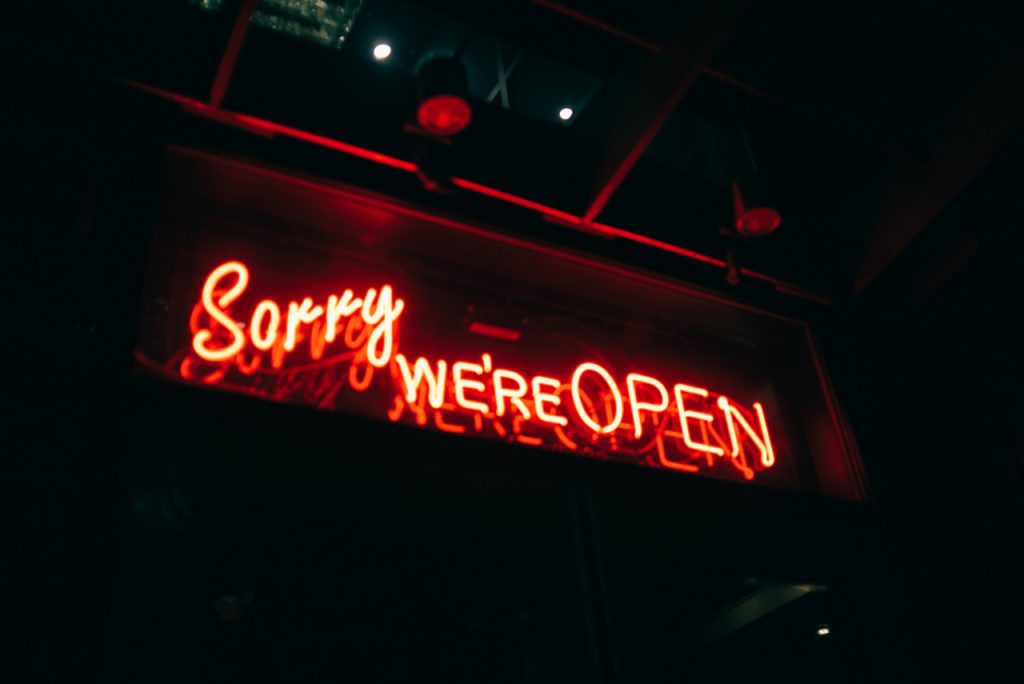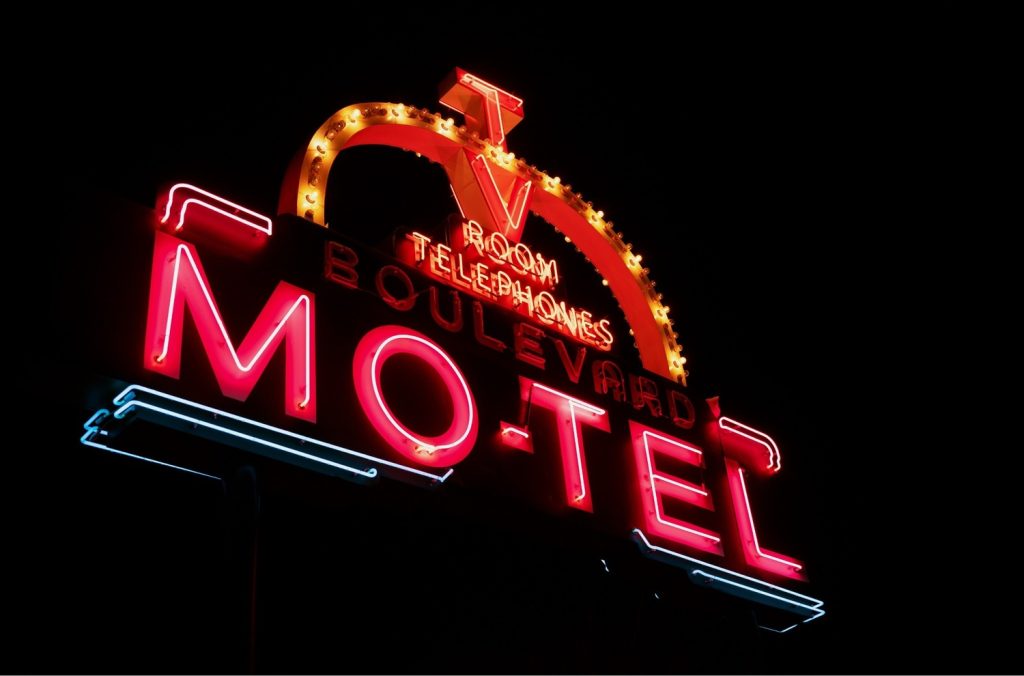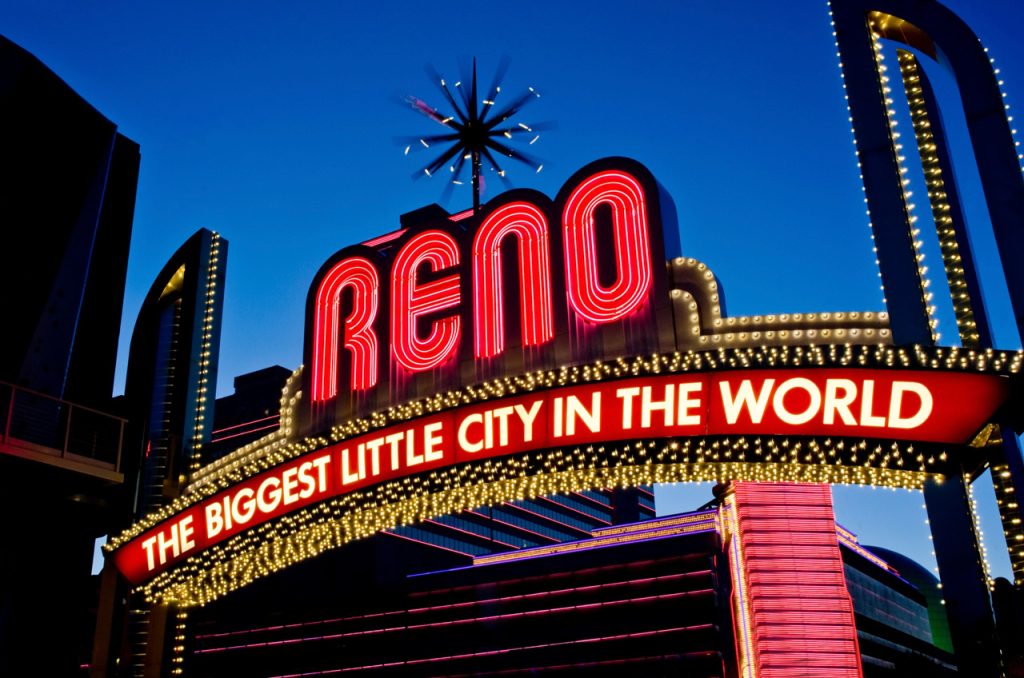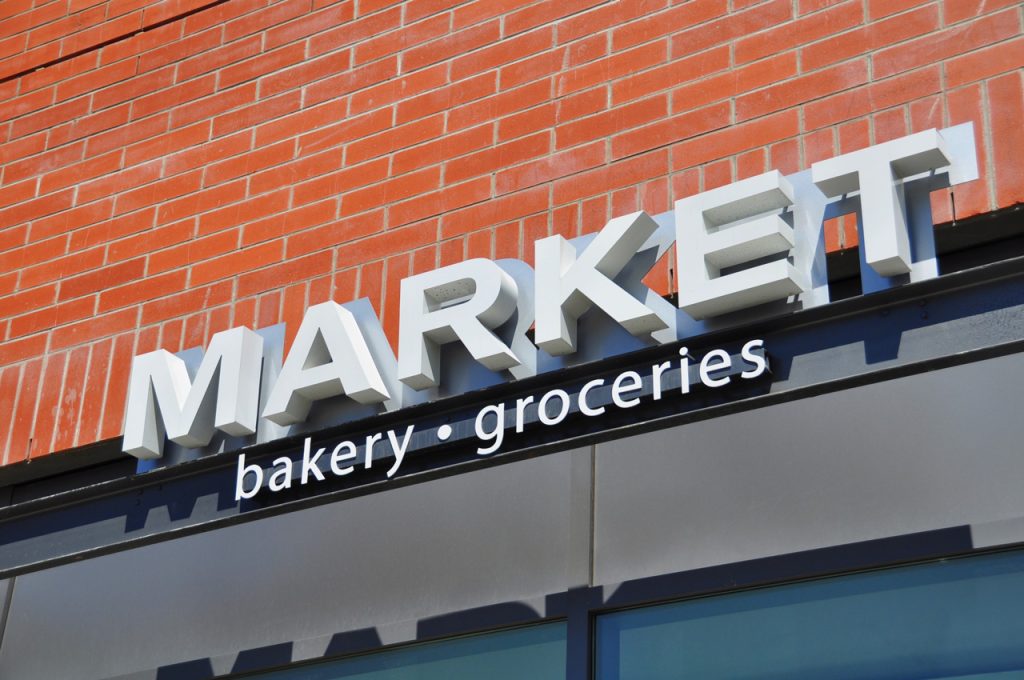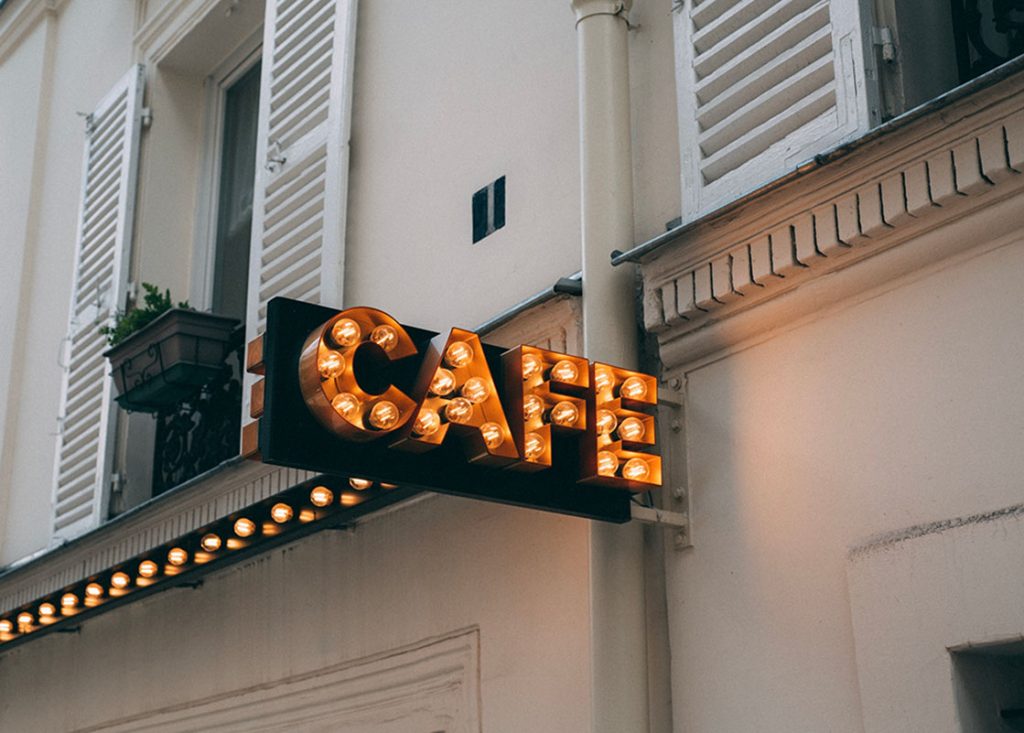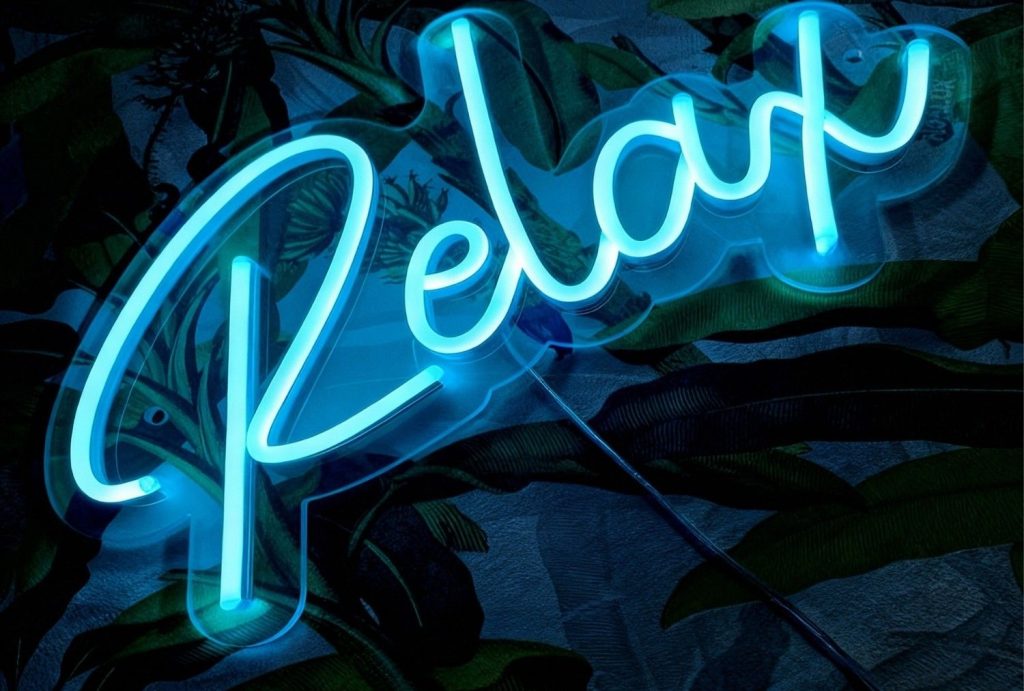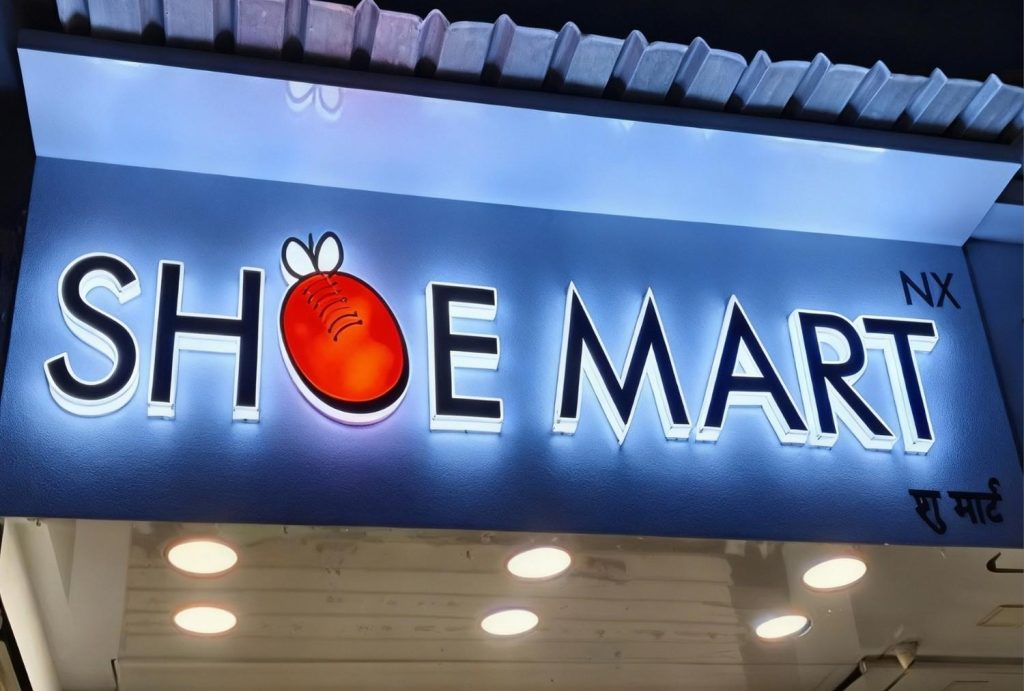How Are Signs Designed?
August 27, 2025
Designing a sign might look simple at first glance, but it’s actually a complex blend of creativity, strategy, and technical skill. A sign isn’t just a decorative piece—it’s your silent salesperson, your brand ambassador, and sometimes the first impression a potential customer gets of your business.
Companies like LED Lights and Signs specialize in taking a client’s vision and turning it into a functional, eye-catching, and memorable piece of communication. Whether it’s for Barker or any other location, the principles of effective sign design remain the same.
In this article, we’ll break down the sign design process from start to finish, explore trends, materials, and lighting, and explain how the right design can elevate your brand.
Signs are everywhere—from shop entrances to office lobbies. Some grab your attention immediately, while others fade into the background. What separates a good sign from a forgettable one? Thoughtful design. A well-designed sign communicates a message clearly, reinforces your brand identity, and is visually appealing enough to capture attention instantly.
Sign design combines several elements: layout, typography, colors, materials, lighting, and location. All these factors work together to ensure the sign not only looks good but also serves its purpose effectively.
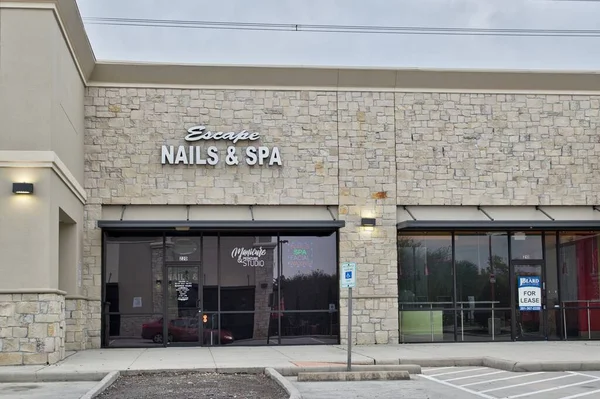
The Importance of Effective Signage
You might not think about it often, but signs play a huge role in business success. They help people find your store, understand your message, and even influence purchasing decisions. Think of a sign as your 24/7 salesperson—it works when you’re sleeping and continues to promote your brand without a break.
Visibility and Readability
Visibility is everything. If your sign is hard to read from a distance, you’ve lost potential customers before they even know you exist. Designers focus on high contrast, large fonts, and clear spacing to ensure your message is legible from near or far. Imagine a tiny, squiggly font on a bright neon background—it might look “cool,” but it’s ineffective.
Brand Identity and Messaging
Every sign is a reflection of your brand. Fonts, colors, and graphics need to align with your business personality. For example, LED Lights and Signs ensures that even the smallest signage details communicate the client’s message, whether that’s playful, professional, luxurious, or minimalist.
Types of Signs
Not all signs are created equal. Understanding the different types can help you pick the right one for your space and purpose.
Indoor Signs
Indoor signs guide, inform, and enhance the customer experience. They can be wall-mounted directories, directional signs, lobby displays, or decorative wall graphics. Indoor signs often focus more on aesthetics since the environment is controlled.
Outdoor Signs
Outdoor signs must grab attention and withstand the elements. Think storefront signs, banners, or large-scale billboards. Designers carefully consider weather resistance, UV exposure, and durability to ensure these signs last while maintaining visual appeal.
Digital vs. Traditional Signs
Digital signs offer flexibility—animations, videos, and dynamic content—but traditional signs like printed banners or carved wood convey timeless charm. Choosing between the two depends on your business goals, budget, and audience.
The Sign Design Process
Designing a sign is a journey, not a one-step process. Each stage ensures the final product is functional, visually appealing, and brand-aligned.
Initial Consultation and Concept
Every project starts with understanding your vision. Designers like LED Lights and Signs take time to learn about your brand, your audience, and your goals.
Understanding Client Needs
Good design starts with good questions: Who are your customers? What emotions should your sign evoke? Where will it be placed? These answers guide the creative process.
Location and Audience Analysis
Signs are designed with their environment in mind. A sign for Barker, for example, may need different materials or lighting considerations depending on the surroundings. Factors like foot traffic, visibility, and nearby structures all influence design choices.
Sketching and Concept Development
Once the basics are understood, designers create sketches, mockups, and prototypes. This stage allows experimentation with layout, fonts, graphics, and colors before committing to production.
Choosing Materials and Colors
Materials affect both appearance and longevity. Acrylic, aluminum, vinyl, and wood are common choices. Color selection is equally crucial—high contrast for readability, complementary tones for aesthetics, and brand-specific colors for identity reinforcement.
Typography in Sign Design
Fonts are more than letters—they convey personality. A playful, curly font might suit an ice cream shop but not a law firm. Designers carefully choose typography that matches the tone and ensures legibility.
Incorporating Graphics and Logos
Logos and graphics reinforce brand recognition. Proper integration of these elements ensures the sign tells a cohesive story without overwhelming the viewer.
Lighting in Signs
Lighting can make or break a sign. Illuminated signs attract attention day and night, adding another layer of communication.
LED vs. Neon
LEDs are energy-efficient, long-lasting, and versatile. Neon gives a nostalgic, glowing effect. Designers select lighting based on aesthetics, budget, and functionality.
Ambient vs. Direct Lighting
Ambient lighting softly illuminates surroundings, while direct lighting highlights specific features. Both can be combined to create signs that are visually striking and easy to read.
Design Software and Tools
Modern sign design relies heavily on technology. Designers use software to draft, visualize, and refine concepts digitally.
Vector vs. Raster Programs
Vector software like Adobe Illustrator is ideal for logos and typography since it scales without quality loss. Raster programs like Photoshop handle textures, photos, and detailed graphics.
Prototyping and Mockups
Before production, designers create mockups or 3D prototypes to simulate the final look. This reduces surprises and ensures client satisfaction.

Compliance and Safety Standards
A sign isn’t just art—it has to follow rules. Local regulations, safety codes, and accessibility standards must be considered.
Local Regulations and Permits
Most areas require permits for outdoor signs, especially illuminated or large ones. Neglecting this can lead to fines or forced removal.
Accessibility Considerations
Signs must be readable for everyone, including people with visual impairments. High contrast, clear fonts, and proper height placement are essential.
Production and Fabrication
Once the design is approved, production begins. Precision, durability, and quality control are key.
Cutting, Printing, and Assembly
Machines like CNC cutters and large-format printers ensure precise execution. Materials are assembled using adhesives, welding, or mechanical fasteners depending on the design.
Quality Control Checks
Before installation, every sign undergoes quality inspections to ensure structural integrity, color accuracy, and long-term durability.
Installation Best Practices
Proper installation guarantees safety and optimal visibility. LED Lights and Signs take care to mount each sign securely and professionally.
Site Preparation
The location is measured, cleaned, and prepped. Proper anchoring points are identified to prevent future damage.
Mounting Techniques
Signs can be wall-mounted, pole-mounted, or freestanding. The installation method depends on materials, size, and environmental conditions.
Maintenance and Longevity
Signs are investments. Regular maintenance extends their life and keeps them looking fresh.
Cleaning and Repairs
Dust, dirt, and weather can wear down signs. Gentle cleaning and timely repairs prevent long-term damage.
Updating Content
For digital or changeable signs, updating content keeps your message relevant. Flexibility in design ensures longevity and adaptability.
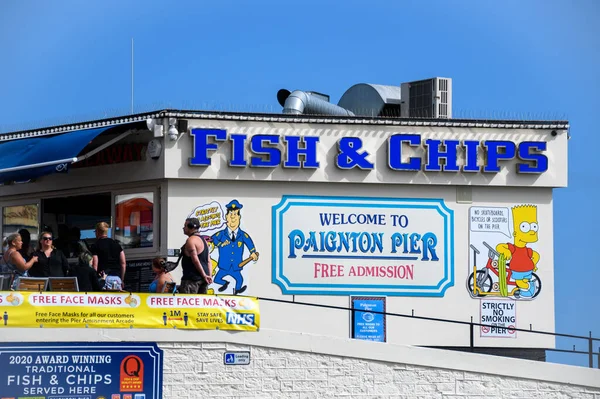
Trends in Sign Design
Signage evolves alongside technology and design trends. Staying updated ensures your brand remains fresh.
Eco-Friendly Materials
Sustainable signage materials, like recycled metals and biodegradable plastics, reduce environmental impact without compromising quality.
Smart and Interactive Signs
Touchscreens, motion sensors, and QR codes engage audiences interactively, creating memorable experiences beyond traditional signage.
Case Study: LED Lights and Signs
LED Lights and Signs is a perfect example of excellence in sign design. Their approach combines creativity, technical expertise, and client collaboration.
Notable Projects
From glowing storefronts to innovative event signage, their projects—including installations in Barker—showcase versatility and precision.
Design Philosophy
The company focuses on a client-centric approach: understanding needs, designing with purpose, and delivering signs that truly shine—literally and figuratively.
LED Lights and Signs Serving the Barker Community and Beyond in Houston
LED Lights and Signs is dedicated to serving the diverse needs of the local community of Houston, including individuals residing in neighborhoods like Barker. With its convenient location near landmarks such as the George Bush Park and major intersections like Baker Cypress and Park Row Blvd. (coordinates: 29.777722699797675, -95.67744825800543), we offer signage design Houston services.
Get Signage Design At Barker Now
Navigate from Barker to LED Lights and Signs Now
Conclusion
Designing a sign is much more than arranging letters and colors—it’s about crafting a message, reinforcing a brand, and captivating an audience. A thoughtfully designed sign, like those created by LED Lights and Signs, blends aesthetics, strategy, and technical skill into a functional work of art. Whether indoor, outdoor, digital, or traditional, the right design can turn a simple sign into a powerful tool for communication and growth.
FAQs
1. How long does it take to design a sign?
It varies based on size and complexity. Small signs may take a couple of weeks, while large, custom projects could take a month or more. Patience pays off for a sign that truly works for your business.
2. Can I customize LED signs?
Definitely! LED signs are extremely flexible, you can adjust colors, add animations, and even update content remotely. Think of it as a sign that evolves with your business.
3. What materials are best for outdoor signs?
Durable options include aluminum, acrylic, weather-resistant vinyl, and treated wood. The right choice depends on the environment and how long you want it to last.
4. How often should a sign be maintained?
Outdoor signs should be checked at least twice a year, while indoor signs usually need annual care. Cleaning and minor repairs go a long way toward longevity.
5. Are permits required for signs?
Yes, most areas require permits for outdoor or illuminated signs. Checking local rules beforehand saves headaches later.
Recent Blogs
Free Phone Consultation
Explore our range of High-quality signage solutions tailored just for you. From eye-catching LED displays to elegant custom signs, we’ve got you covered. Plus, take advantage of our FREE PHONE CONSULTATION to discuss your needs and get started today! Simply reach out to us by dialing (281) 235-3242.



